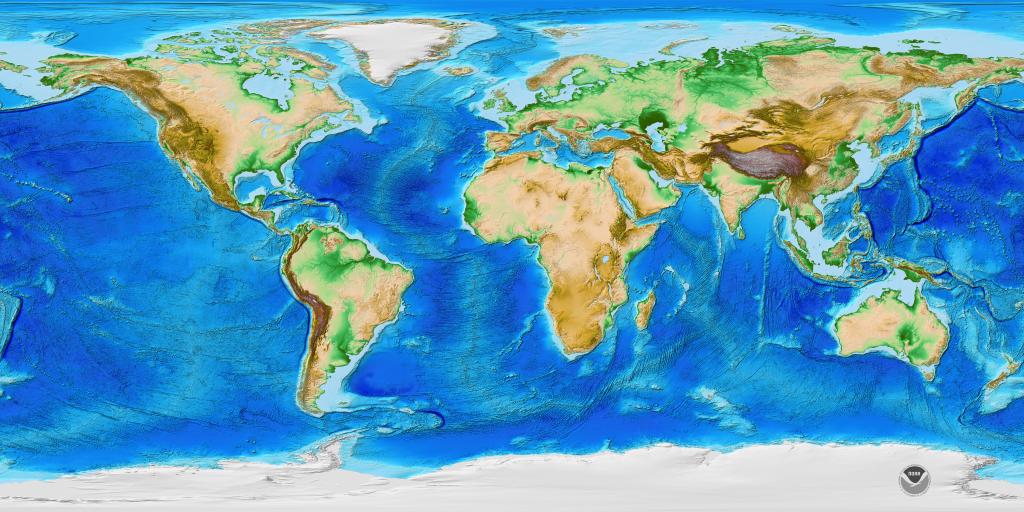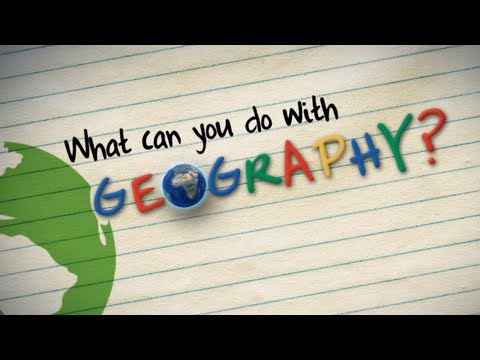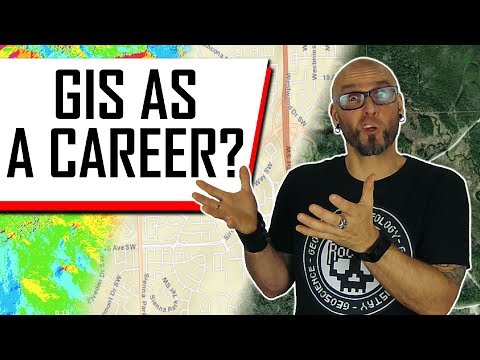1.2: Geography as a Science
- Page ID
- 20745
Geography is the spatial study of the earth’s physical and cultural environments. Geographers study the earth’s physical characteristics, its inhabitants and cultures, phenomena such as climate, and the earth’s place within the universe. Geography also examines the spatial relationships between all physical and cultural phenomena in the world. Furthermore, geographers also look at how the earth, its climate, and its landscapes are changing due to cultural intervention. Geography is a much broader field than many people realize. Most people think of area studies as the whole of geography. In reality, geography is the study of the earth, including how human activity has changed it. Geography involves studies that are much broader than merely understanding the shape of the earth’s landforms. Physical geography involves all the planet’s physical systems. Human geography incorporates studies of human culture, spatial relationships, interactions between humans and the environment, and many other research areas that involve the different subspecialties of geography. Students interested in a career in geography would be well served to learn geospatial techniques and gain skills and experience in GIS and remote sensing, as they are the areas within geography where employment opportunities have grown the most over the past few decades.
Themes of Geography

Geography helps us make sense of the world through four historical traditions. Spatial analysis includes many of the concepts tied to geospatial technology: the study and analysis between the interactions and distribution patterns of the physical and human environments using spatial technology such as geographic information systems, satellite imagery, aerial photography and drones, global positioning systems, and more. Earth science includes the study of landforms, climates, and the distribution of plants and animals. Regional studies focus on a particular region to understand the dynamics of a specific interaction between human activity and the environment. Researchers studying human-landscape interaction examine the impact of humans on their landscape and find out how different cultures have used and changed their environments. Geography provides the tools to integrate knowledge from many disciplines into a usable form by providing a sense of place to natural or human events. Geography often explains why or how something occurs in a specific location. World geography utilizes the spatial approach to help understand the components of our global community.
The discipline of geography can be broken down into three fundamental areas of focus: physical geography, human geography, and world regional geography. These fundamental areas are similar in that they use a spatial perspective, and include the study of place and the comparison of one place with another.
Physical Geography
Physical geography is the spatial study of natural phenomena that make up the environment, such as rivers, mountains, landforms, weather, climate, soils, plants, and any other physical aspects of the earth’s surface. Physical geography focuses on geography as a form of earth science. It tends to emphasize the main physical parts of the earth – the lithosphere (surface layer), the atmosphere (air), the hydrosphere (water), and the biosphere (living organisms)—and the relationships between these parts.

Some researchers are environmental geographers, part of an emerging field that studies the spatial aspects and cultural perceptions of the natural environment. Environmental geography requires an understanding of both physical and human geography, as well as an understanding of how humans conceptualize their environment and the physical landscape.
The physical landscape is the term used to describe the natural terrain at any one place on the planet. The natural forces of erosion, weather, tectonic plate action, and water have formed the earth’s physical features. Many states and national parks in the United States attempt to preserve unique physical landscapes for the public to enjoy, such as Yellowstone, Yosemite, and the Grand Canyon.
Human Geography
Human geography is the study of human activity and its relationship to the earth’s surface. Human geographers examine the spatial distribution of human populations, religions, languages, ethnicities, political systems, economics, urban dynamics, and other components of human activity. They study patterns of interaction between human cultures and various environments and focus on the causes and consequences of human settlement and distribution over the landscape. While the economic and cultural aspects of humanity are the primary focus of human geography, these aspects cannot be understood without describing the landscape on which economic and cultural activities occur.

The cultural landscape is the term used to describe those parts of the earth’s surface that have been altered or created by humans. For example, the urban cultural landscape of a city may include buildings, streets, signs, parking lots, or vehicles, while the rural cultural landscape may consist of fields, orchards, fences, barns, or farmsteads. Cultural forces unique to a given place – such as religion, language, ethnicity, customs, or heritage – influence the cultural landscape of that place at a given time. The colors, sizes, and shapes of the cultural landscape usually symbolize some level of significance regarding societal norms. Spatial dynamics assist in identifying and evaluating cultural differences between places.
World Regional Geography
World regional geography studies various world regions as they compare with the rest of the world. Factors for comparison include both the physical and the cultural landscape. The main questions are, Who lives there? What are their lives like? What do they do for a living? Physical factors of significance can include location, climate type, and terrain. Human factors include cultural traditions, ethnicity, language, religion, economics, and politics.

World regional geography focuses on regions of various sizes across the earth’s landscape and aspires to understand the unique character of regions in terms of their natural and cultural attributes. Spatial studies can play an essential role in regional geography. The scientific approach can focus on the distribution of cultural and natural phenomena within regions as delimited by various natural and cultural factors. The focus is on the spatial relationships within any field of study, such as regional economics, resource management, regional planning, and landscape ecology.
The regions studied in world regional geography can be combined into more substantial portions called realms. Realms are large areas of the planet, usually, with multiple regions that share the same general geographic location. Regions are cohesive areas within each realm.
Careers in Geography and GIS
Geography is not a discipline of endlessly memorizing capitals, countries, rivers, mountain ranges, and more. The discipline is about scientifically analyzing the spatial and temporal distribution, connections, and patterns of the physical and cultural environments we live within.
The following information on careers in geography is from the website of the Association of American Geographers (AAG), which is a resource for those interested in pursuing employment in the field of geography.
Many occupations require knowledge of and skills in geography. Geographers work in many different areas, such as environmental management, education, disaster response, city and county planning, community development, and more. Geography is an interdisciplinary field that offers diverse career opportunities.
Many geographers pursue rewarding careers in business; local, state, or federal government agencies, nonprofit organizations; and schools. Geographers with graduate (master’s and doctorate) degrees may become educators in higher education (community colleges and universities).
Because of modern location technology such as GPS, web-based mapping technology, satellite imagery, and now small unmanned aerial systems – also known as drones – careers in geospatial technology are exploding. The U.S. Department of Labor, in partnership with the National Geospatial Technology Center for Excellence, has created the Geospatial Technology Competency Model (GTCM) as a way to have industry help determine what knowledge and skillsets are needed to be successful in this career path. The global leader in GIS, Environmental Systems Research Institute (ESRI), has created a great resource of industries that use geospatial technology.




